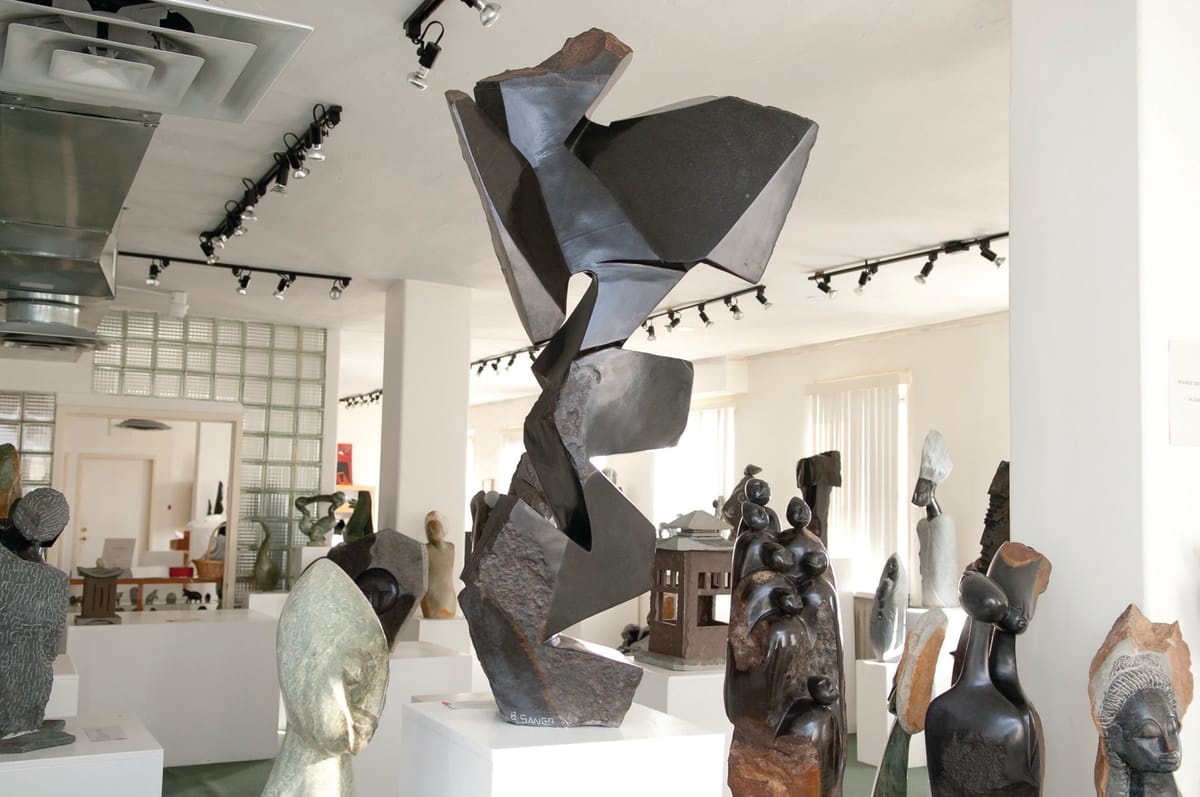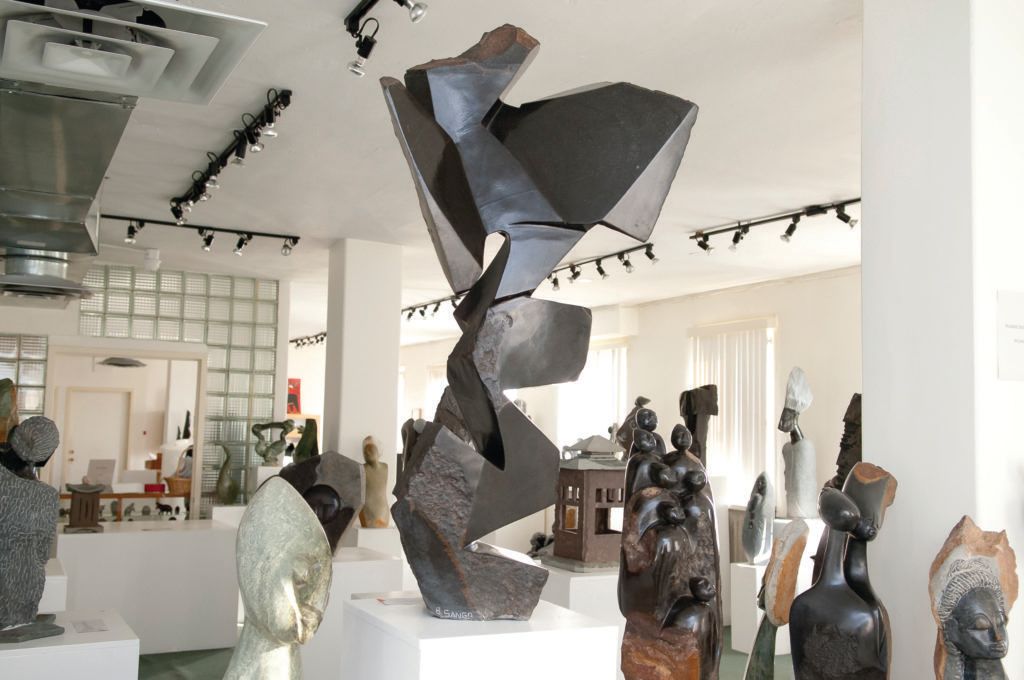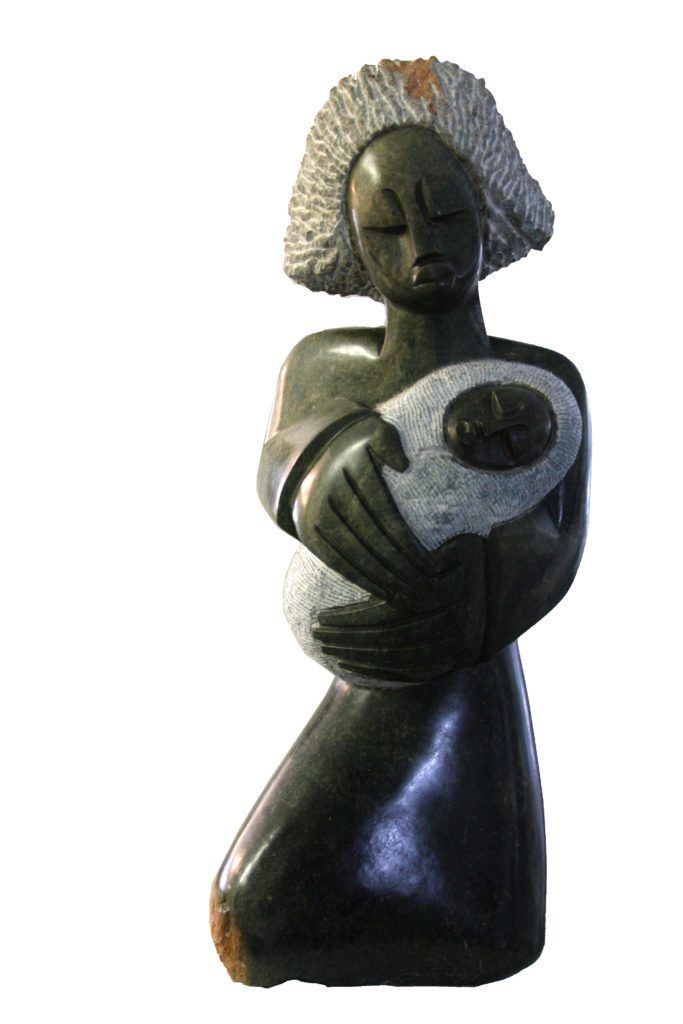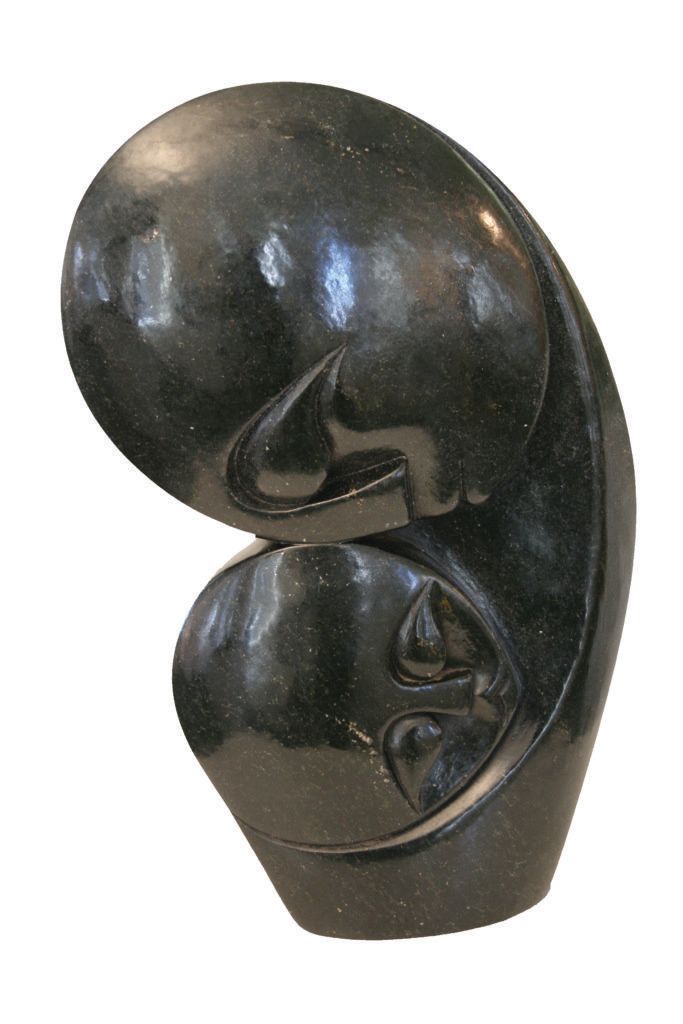Zimbabwe Sculpture Show Beautifies CAMBA Houses


Shona sculpture is both quintessentially modern art, the product of a 20th-century renaissance, and a vehicle for celebration of traditional African culture.
For 25 years, the annual CAMBA show and sale of these stone carvings from Zimbabwe has been a singular opportunity for New Yorkers to acquire these works and an important fund-raiser for this Brooklyn non-profit that provides services including housing, education, health, and economic development.
Since beginning the fundraiser, CAMBA has sold more than 2,000 pieces of Shona sculpture and currently has about 600 pieces that will be available at this year’s sale.
“We are the largest [Shona] gallery in the United States, with the largest array of artists, first and second generation artists, and the top sculptors from Zimbabwe. It really is quality sculpture, but affordable, and in sizes that make it appropriate for both indoor and outdoor display,” said Oplustil.
As CAMBA’s mission has grown to include developing permanent housing for low-income and formerly homeless individuals and families, the group’s connection to Shona sculpture has evolved as well. CAMBA President and CEO Joanne Oplustil explained how the artwork became a part of their holistic approach to providing services for their clients.
“I thought it would be a lovely way to put art in the buildings where people really would appreciate it,” Oplustil said, of the Shona sculpture at 97 Crooke Avenue and other properties developed by CAMBA Housing Ventures.
“Our buildings house people who were formerly homeless and low income, and I feel it shows respect for those tenants, creating a beautiful environment.”

Zimbabwe takes its name from a word in the language of the Shona, the largest ethnic group in the country; dzimbadzamabwe means “house of stone.”
It’s the only country in Africa with large deposits of stone suitable for sculpting, and in ancient times soapstone carvings of birds were unique creations decorating the 11th Century city of Great Zimbabwe.
Under long years of British rule as the colony of Rhodesia, however, there was no indigenous tradition of stone sculpture. The genre of Shona sculpture began around 1957 when local artist Joram Mariga began working with the Rhodes National Gallery. The Gallery had been established to bring European art into the country, but founding director Frank McEwen created a studio to encourage local artists to develop works reflecting their own culture.
Mariga’s work in soapstone, and later with harder materials, inspired a school of sculptors, including Henry Munyaradzi, whose work is featured at CAMBA’s upcoming sale.
Ironically, international sanctions against the repressive white government of Rhodesia provided a huge boost for the developing art form. A tobacco farmer whose income had been decimated by the trade restrictions discovered extensive deposits of serpentine on his land and invited local sculptors to work the stone as an alternative source of revenue.
The sculptors developed a style that was striking in its modernity, drawing comparisons to Picasso, Brancusi, and Modigliani, but also reflective of traditional mythology, folklore, ritual and belief in Zimbabwe. While the same sanctions that helped spur the development of the genre initially limited international attention, an important exhibition at New York’s Museum of Modern Art in 1969 firmly established Shona sculpture as one of the most important developments in 20th Century artwork.
Oplustil was introduced to the work through a colleague familiar with two women who showcased the work of Shona artists in the United States. Oplustil, who had lived in Tanzania for eight years, was familiar with the Makonde wood carvings from that region of Africa, but the stone works from Zimbabwe were a revelation to her. She realized that marketing the distinctive sculpture could provide a way for CAMBA to support its non-profit work.
“It was a different type of fundraiser,” Oplustil recalled. “Brooklyn wasn’t so chi chi then. People didn’t like traveling to Brooklyn; it was like a journey for them. We thought bringing high-quality affordable art was a good way to attract people to come to Brooklyn, and that’s exactly what we did.”

CAMBA provides services to more than 45,000 people annually; more than half their clients are immigrants and refugees, and over 85 percent are living in poverty. Running an art gallery isn’t necessarily the kind of endeavor one would expect from a group providing services to that population, but it reflects the kind of innovation that CAMBA values in its mission, “to connect people with opportunities to enhance their quality of life.”
That mission has inspired enormous changes in the group since it was founded in 1977. “It started as a merchant association,” Opustil said, “and the city actually brought me in to shut it down! But then Southeast Asian refugees came. CAMBA started English classes and created guidebooks on how to live in New York City for the Vietnamese.”
“We discovered we couldn’t just give English classes because of the turmoil in the lives of our students,” she said. “The kids weren’t going to school, or the kids were joining a gang; they had health problems, there were leaks in their apartment, so we had to get involved in the whole family, and CAMBA grew in this holistic manner.”
CAMBA will host both an opening cocktail reception and a free public show and sale of Shona sculpture at 19 Winthrop Street. Tickets for the Thursday, April 6 reception, scheduled for 6pm to 9pm, are available online. The free public sale will be held from 1pm to 6pm daily from Friday, April 7 through Sunday, April 9.



